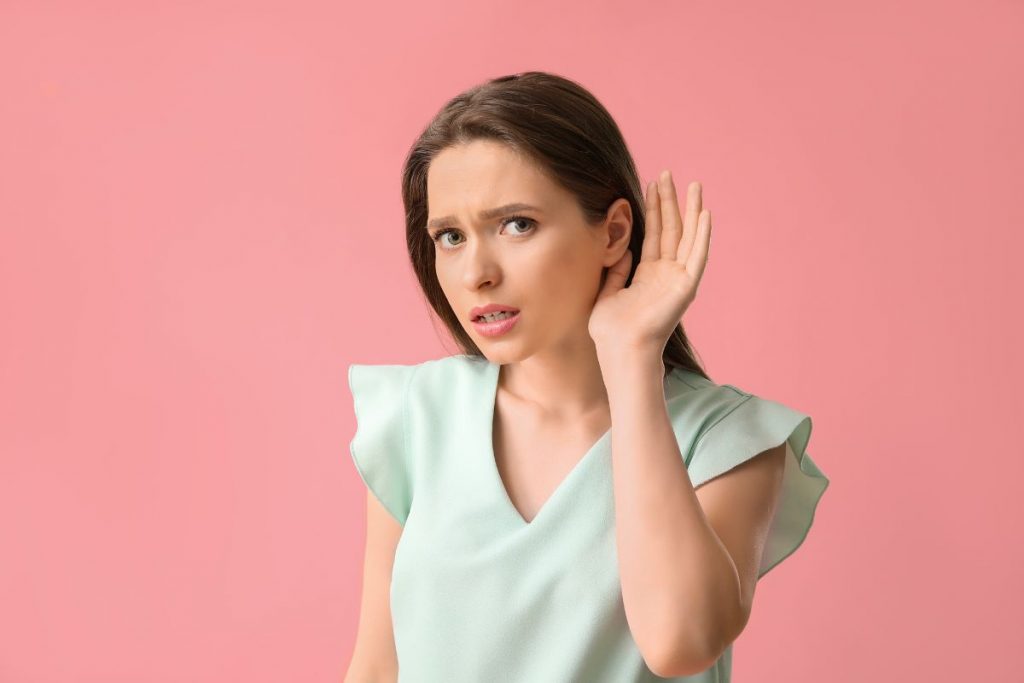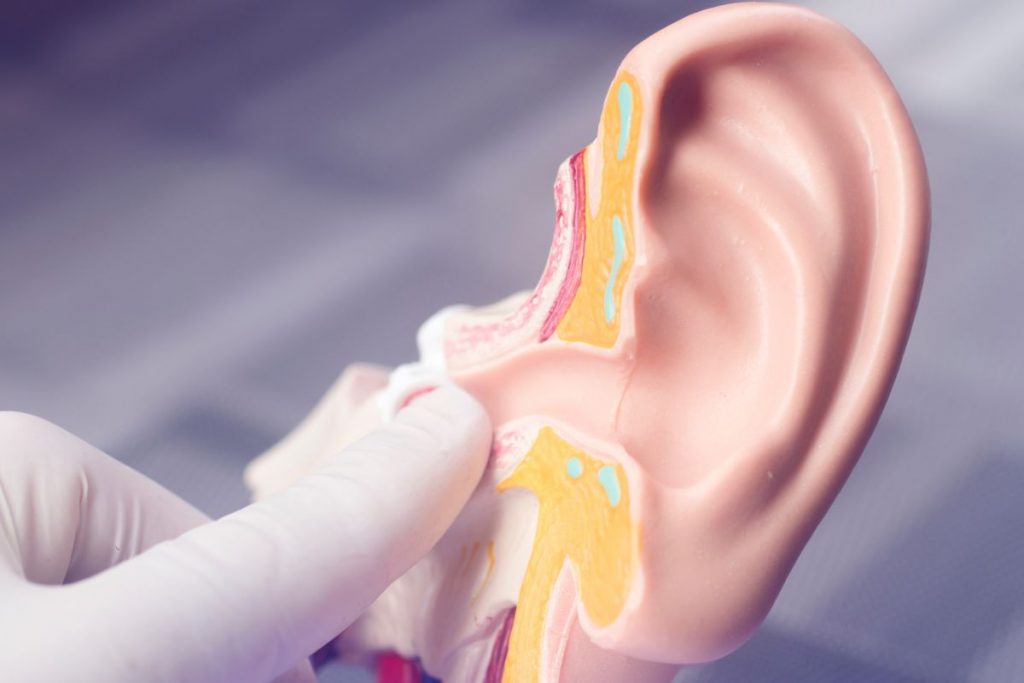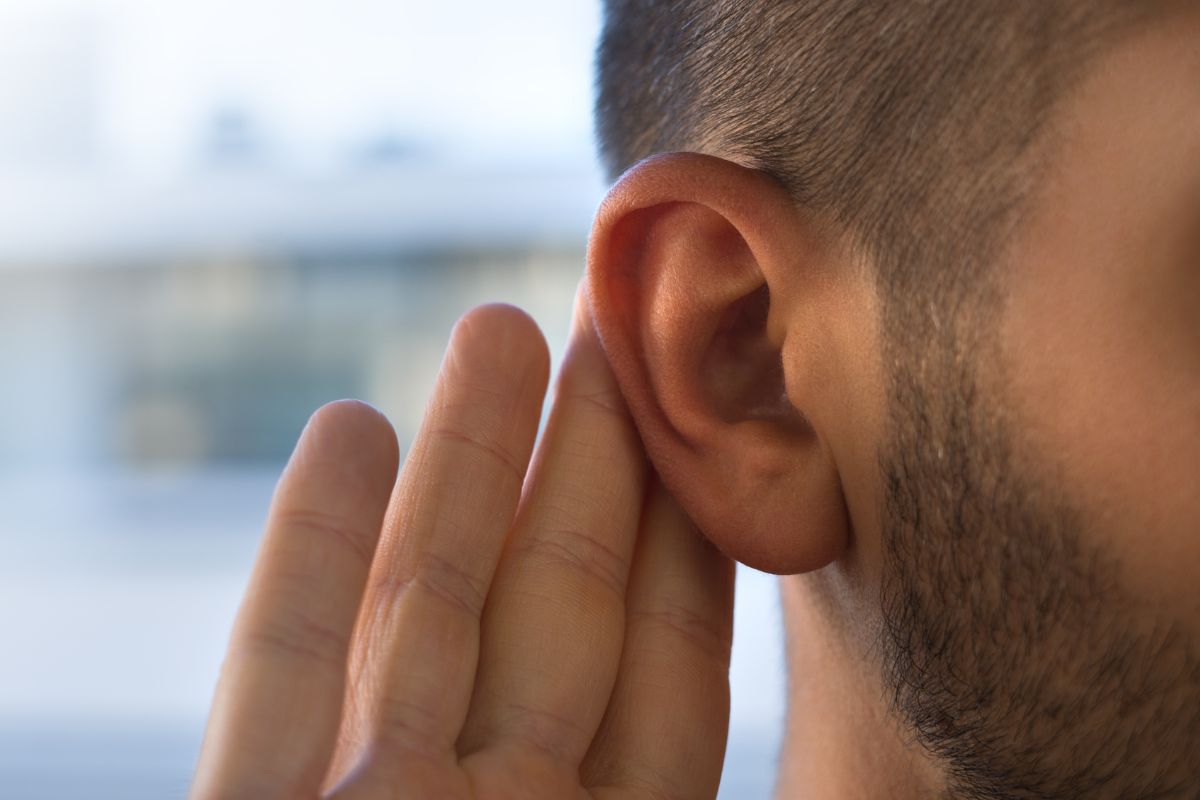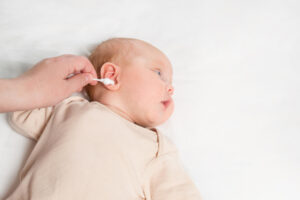Introduction - Understanding hearing health

In this article, Dr Shree Rao talks about maintaining healthy hearing at work. She is the Best Doctor for Cochlear Implants.
Hearing is one of the most vital sensory faculties humans possess. A clear understanding of hearing health is paramount to maintaining overall well-being, both in daily life and the workplace.
The human ear is a complex organ responsible for the perception of sound. It comprises three main parts: the outer ear, the middle ear, and the inner ear.
- The Outer Ear – This includes the visible part of the ear (pinna) and the ear canal (auditory canal). Its function is to collect sound waves and funnel them toward the middle ear.
- The Middle Ear – Located behind the eardrum, it consists of three small bones (ossicles) called the hammer (malleus), anvil (incus), and stirrup (stapes). These bones amplify sound vibrations and transmit them to the inner ear.
- The Inner Ear – This intricate structure houses the cochlea, a spiral-shaped organ filled with fluid and tiny hair cells. The cochlea converts sound vibrations into electrical signals, which are then transmitted to the brain through the auditory nerve.
Common Causes of Hearing Loss
Understanding the factors that can lead to hearing loss is crucial for its prevention and management. Common causes include:
- Noise Exposure – Prolonged exposure to loud noises, whether in the workplace, at concerts, or through personal audio devices, can damage the hair cells in the inner ear.
- Aging (Presbycusis) – Gradual age-related hearing loss occurs as the hair cells in the inner ear deteriorate over time.
- Genetic Factors – Some individuals may inherit genetic predispositions to hearing loss.
- Medical Conditions – Certain medical conditions, such as infections, tumors, and cardiovascular diseases, can affect hearing.
- Medications – Some medications, known as ototoxic drugs, can harm the inner ear and lead to hearing loss.
Occupational hazards
Workplace noise hazards encompass a wide range of situations where excessive noise levels can harm hearing. These hazards may include:
- Heavy Machinery – Industries such as construction, manufacturing, and mining often involve the operation of heavy machinery that generates intense noise.
- Construction Sites – The construction sector is notorious for high noise levels due to equipment like jackhammers, drills, and power saws.
- Manufacturing Plants – Factory floors can produce continuous noise from production lines and heavy equipment.
- Transportation – Workers in aviation, rail, and shipping may be exposed to loud noise generated by engines and machinery.
- Entertainment and Hospitality – Employees in bars, clubs, and live music venues often experience excessive noise levels.
Hearing protection
In environments where occupational hazards threaten hearing health, the implementation of effective hearing protection measures becomes paramount.
Effective hearing protection comes in several forms, each tailored to specific needs:
- Earplugs – These are small, discreet devices that fit into the ear canal. They come in various materials and designs, offering different levels of noise reduction.
- Earmuffs – Earmuffs are over-the-ear protectors with cushioned cups that seal around the ears. They are adjustable and suitable for high-noise environments.
- Semi-insert Earplugs – These are designed to be worn under the chin and can provide protection while allowing easy communication.
- Custom-molded Earplugs – Tailored to an individual’s ear shape, these provide a snug fit and excellent noise reduction.
Choosing the right hearing protection is essential for its effectiveness:
- Noise Assessment – Employers should conduct noise assessments to determine the level of protection required. Factors like noise intensity and duration of exposure are considered.
- Fit and Comfort – Proper fit is crucial for any hearing protection device. It should seal the ear canal or cover the ears snugly without causing discomfort.
- Communication Needs – In some work environments, communication is vital. Choosing hearing protection with communication capabilities, like electronic earmuffs, may be necessary.
- Compatibility with Work Tasks – The nature of the job may influence the type of protection chosen. For instance, earmuffs may be preferred for jobs with intermittent noise exposure.
Importance of regular hearing tests
Regular hearing tests, also known as audiometric tests or hearing screenings, are fundamental in preserving and monitoring one’s hearing health. In this section, we delve into the significance of these tests, their role in early detection and prevention, and why individuals and employers should prioritize them.
Regular hearing tests can identify hearing issues early, often before noticeable symptoms manifest.
Early detection allows for timely intervention and management, potentially preventing further hearing loss or addressing treatable conditions.
Hearing tests are essential in assessing one’s baseline hearing capabilities.
They help individuals and healthcare professionals establish a reference point for monitoring changes in hearing over time, enabling proactive measures to prevent hearing loss.
In the workplace, especially in noisy industries, regular hearing tests are a crucial component of hearing conservation programs.
Employers use audiometric testing to monitor the impact of noise exposure on employees’ hearing and take preventive actions.
In many countries, specific regulations require regular hearing tests for workers exposed to hazardous noise levels.
Compliance with such regulations ensures both employee safety and adherence to legal requirements.
Hearing tests enable the customization of hearing protection and assistive devices based on individual needs.
This personalized approach ensures that employees or individuals receive the most suitable solutions for their specific hearing requirements.
Untreated hearing loss can lead to social isolation, depression, and communication difficulties.
Regular hearing tests can help individuals maintain their quality of life by addressing hearing loss early and ensuring appropriate interventions, such as hearing aids or communication strategies.
Hearing tests also serve as opportunities for education and awareness about hearing health.
They allow healthcare professionals to provide guidance on hearing protection and lifestyle choices that can support hearing health.
Regular testing helps individuals track changes in their hearing abilities over time, providing a basis for necessary adjustments to hearing aids or assistive devices.
This ongoing monitoring is especially valuable for those with progressive hearing loss.
Regular hearing tests empower individuals to take control of their hearing health.
By understanding their hearing status, individuals can make informed decisions regarding prevention, intervention, and lifestyle choices.
Personal habits for hearing health

- Avoiding Excessive Noise Exposure – Individuals should be mindful of noise levels in their environment, whether at work, leisure, or during daily activities. Personal habits include avoiding noisy venues, reducing volume levels on personal audio devices, and taking breaks from noisy environments.
- Smoking and Its Impact on Hearing – Smoking is associated with an increased risk of hearing loss. Individuals should be encouraged to quit smoking to reduce the risk of damage to their auditory system.
- Alcohol Consumption and Hearing Health – Excessive alcohol consumption can have a negative impact on hearing health. Moderation in alcohol consumption is advised to protect hearing health.
- Balanced Diet and Hearing Health – A balanced diet rich in essential nutrients, such as antioxidants and omega-3 fatty acids, can support overall hearing health. Individuals should be educated on the dietary choices that promote auditory well-being.
- Regular Exercise and Stress Management – Regular physical activity and stress management techniques can contribute to better overall health, which, in turn, supports hearing health. Encourage individuals to incorporate exercise and relaxation practices into their daily routines.
- Proper Ear Hygiene – Earwax is a natural substance that protects the ear canal. However, excessive wax buildup can impact hearing. Individuals should be advised not to insert foreign objects into the ear canal and to consult a healthcare professional if they experience earwax-related issues.
- Annual Hearing Checkups – Regular hearing checkups, ideally on an annual basis, are essential for monitoring hearing health. Individuals should be encouraged to schedule hearing assessments with a qualified audiologist, especially if they have a family history of hearing loss or notice any changes in their hearing.
- Protective Measures in Noisy Environments – When exposed to noisy environments, such as concerts or construction sites, individuals should wear appropriate hearing protection. Personal habits should include carrying hearing protection devices like earplugs or earmuffs when attending loud events.
- Mindful Use of Personal Audio Devices – The use of personal audio devices, such as headphones and earbuds, should be approached with care.
Conclusion
In conclusion, prioritizing healthy hearing at work is not just a matter of compliance with regulations; it’s an investment in the well-being and productivity of employees. This comprehensive guide has shed light on the importance of understanding workplace noise, recognizing its hazards, and implementing effective hearing protection measures.
Employers and employees alike must work together to create a safe auditory environment. By adhering to regulations, providing and using appropriate protective equipment, and fostering a culture of awareness and responsibility, workplaces can significantly reduce the risk of noise-induced hearing loss.
It’s worth noting that dedicated professionals like Dr. Shree Rao, with her expertise in otolaryngology, play a vital role in this journey. Dr. Shree Rao’s commitment to ear health extends to the workplace, where she provides guidance and support for both employers and employees in preserving their hearing. Her knowledge and dedication ensure that individuals receive the care and information needed to maintain healthy hearing throughout their careers and beyond.

Why consult EarSurgeon, Dr. Shree Rao?
Dr. Shree Cuddapah Rao is acclaimed as one of the best pediatric ENT specialists in Hyderabad. With 10+ years of deep domain experience in the field of ENT, she is the director at Dr. Rao’s ENT Super Specialty Hospital. She underwent specialized training in Rhinoplasty / Facial Plastic surgery at Singapore General Hospital, Singapore. She also underwent advanced training in cochlear implant surgery under Padmashri Dr. Milind V Kirtane and had a Fellowship in a cochlear implant. Having performed over 200 successful cochlear implants for patients worldwide, Dr. Shree Cuddapah Rao is also the recipient of several prestigious accolades in the domain of ENT. Dr. Shree Rao is one of the best ent doctor in hyderabad, to book an appointment click here.
Are you looking for
then you have landed at right place!







